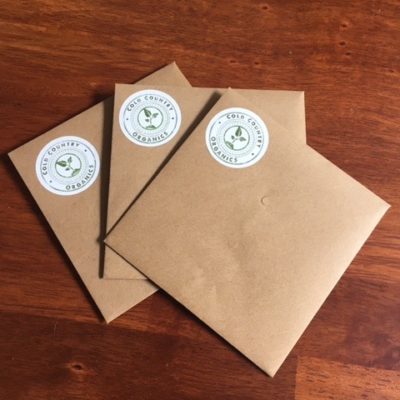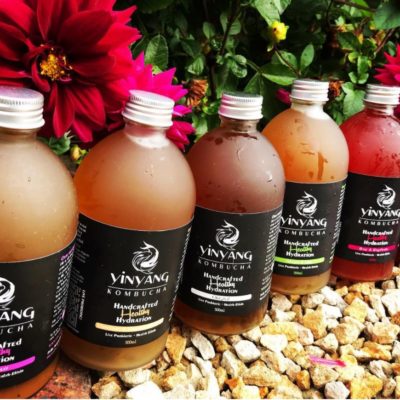We may not be aware that our homes can carry and emit a number of toxins.
These toxins can be found in harsh cleaning products as well as everyday household items. Formaldehyde (a nasty one) is a common component of glues that hold pressed-wood or particleboard furniture and cabinets together, it’s also emitted by natural gas stoves, carpet glues, flooring glues, sealants, paints, furniture finishes, and the water- and stain-repellent finishes applied to upholstery and clothing.
It is almost impossible to avoid toxins altogether, however we can take steps to reduce our exposure and clean the air we breathe.
Our suggestions, include switching harsh cleaning products to more natural alternatives and the big one… indoor plants! What a great way to create a home not just with clean, fresh air, but a calming and aesthetically beautiful environment!
In the late ’80s, NASA and the Associated Landscape Contractors of America studied houseplants as a way to purify the air in space facilities. They found several plants that filter out common volatile organic compounds (VOCs), that can be found in the everyday household.
ALOE VERA – This easy-to-grow, sun-loving succulent helps clear formaldehyde and benzene, which can be a byproduct of chemical-based cleaners, paints and more. Aloe is a smart choice for a sunny kitchen window. Beyond its air-clearing abilities, the gel inside an aloe plant can help heal cuts and burns.
SPIDER PLANT (Chlorophytum comosum) – Even if you tend to neglect houseplants, you’ll have a hard time killing this resilient plant. With lots of rich foliage and tiny white flowers, the spider plant battles benzene, formaldehyde, carbon monoxide and xylene, a solvent used in the leather, rubber and printing industries. As an added bonus, this plant is also considered a safe houseplant if you have pets in the house.
SNAKE PLANT (Sansevieria trifasciata ‘Laurentii’) – Also known as mother-in-law’s tongue, this plant is one of the best for filtering out formaldehyde, which is common in cleaning products, toilet paper, tissues and personal care products. Put one in your bathroom — it’ll thrive with low light and steamy humid conditions while helping filter out air pollutants.
ENGLISH IVY – A study found that English ivy reduces airborne fecal-matter particles among other unwanted toxins. It grows best with moist soil and four or more hours of direct sunlight each day.
WARNECK DREACAENA – Combat pollutants associated with varnishes and oils with this dracaena. The Warneckii grows inside easily, even without direct sunlight. With striped leaves forming clusters atop a thin stem, this houseplant can be striking, especially if it reaches its potential height of 12 feet.
CHINESE EVERGREEN – This easy-to-care-for plant can help filter out a variety of air pollutants and begins to remove more toxins as time and exposure continues. Even with low light, it will produce blooms and red berries.
BAMBOO PALM – Also known as the reed palm, this small palm thrives in shady indoor spaces and often produces flowers and small berries. It tops the list of plants best for filtering out both benzene and trichloroethylene. This plant is also a good choice for placing around furniture that could be off-gassing formaldehyde.
PEACE LILY – Shade and weekly watering are all the peace lily needs to survive and produce blooms. It topped NASA’s list for removing all three of most common VOCs — formaldehyde, benzene and trichloroethylene. It can also combat toluene and xylene.
I hope this information has been helpful and inspired you to create a sanctuary of beautiful indoor plants!






